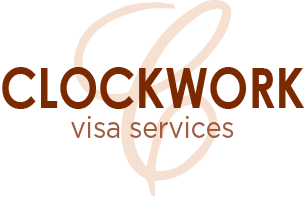Understanding Employer Accreditation Compliance
If an employer has not complied with their accreditation requirements since their previous accreditation was granted, any new accreditation application must be declined unless the employer has:
Rectified the non-compliance promptly.
Taken sufficient steps to address the cause of the non-compliance.
Satisfied INZ that they will comply with the requirements in future accreditation periods.
Rising Requests for Information (RFI)
I've seen a steady rise in contact from employers receiving RFIs (Request for Information) after they have submitted their Employer Accreditation Applications, whether as first-time applicants or renewals. It appears that many employers are submitting these applications without realizing the depth of evidence they need to have on hand or are not reading the eligibility criteria properly.
The majority of RFIs issued by INZ are centred around:
Viable and genuinely operating business.
Settlement support activities for new employees.
Compliance with specific employment, immigration, and business standards.
Common Pitfalls to Avoid
Don’ts:
Don’t let your accreditation expire without ensuring that you have complied with your obligations (accreditation requirements) for the accreditation period. Once the period expires, your issues are compounded. This includes providing new employees with appropriate settlement support and making sure your new employees have been offered paid time to complete their online employee modules.
Don’t lodge a new application without adequate understanding and preparation.
Don’t get overwhelmed; get help to manage this for you if needed.
Best Practices to Follow
Do’s:
Do get your systems in order as a priority.
You will need to prove that you checked that new recruits are suitably skilled by experience and/or qualifications to perform the role and that they can meet the minimum skills threshold.
You have obligations for your new AEWV holders and their first month of employment, make sure you have the processes in place to manage these.
You must understand what the AEWV holders' conditions of work are and not put yourselves and your employees in situations that violate employment, immigration law including breaching visa conditions.
Do update within 10 working days when circumstances change. INZ expects all employers to actively provide updates when visa holders' employment has ended with more than one month left before expiry. Any changes to key persons or business structure must also be updated within a two-week period.
Do engage a reputable and Licensed Immigration Adviser who understands the various criteria employers are required to meet. This should be an individual who can demonstrate their knowledge of your financial reports, is detail-oriented, and understands what necessary systems, procedures, checklists, and more are required or helpful to keep on top of all commitments. Don’t settle for who is allocated to you from a firm – find out who you will be working with and what their credentials are.
Conclusion
Navigating the employer accreditation process can be complex, but with the right preparation and understanding, you can ensure compliance and avoid common pitfalls. By following these do’s and don’ts, you can streamline your application process and maintain your accreditation status without unnecessary complications.
Cherie Baird, founder and Licensed Immigration Adviser at Clockwork Visa Services, has 17 years of experience in the immigration industry. She is well-versed in finances, compliance, documentation, and immigration matters, making her an invaluable resource for employers seeking to navigate the accreditation process successfully.
